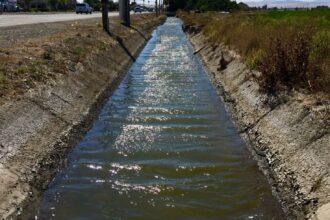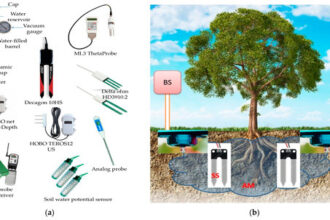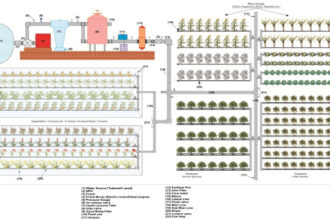Flood irrigation gates play a pivotal role in controlling and distributing water for agricultural fields. These gates help manage water flow, ensuring efficient irrigation, reducing waste, and promoting sustainable farming practices. Whether you’re a seasoned farmer or exploring irrigation methods for the first time, understanding these gates is essential for optimizing water usage.
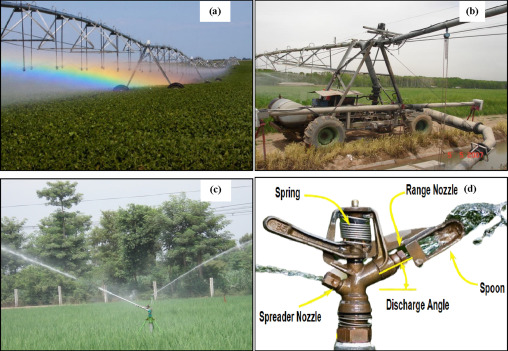
What Are Flood Irrigation Gates?
Flood irrigation gates are adjustable barriers or structures used in irrigation systems to control the flow of water from canals, ditches, or reservoirs onto fields. These gates allow farmers to regulate the amount and direction of water, ensuring even distribution across the land.
Benefits of Flood Irrigation Gates
Flood irrigation gates provide numerous advantages that contribute to more effective water management:
1. Precision Water Control
- Gates allow for tailored water flow based on the crop’s needs.
- Prevent overwatering or under-irrigation by regulating water levels.
2. Improved Efficiency
- Reduces water wastage by directing water only to the required areas.
- Enhances overall irrigation efficiency, particularly in large fields.
3. Cost-Effective Solution
- Affordable compared to advanced irrigation technologies like drip or sprinkler systems.
- Long-lasting when properly maintained.
4. Adaptability
- Can be used in a variety of field types, including flatlands and slightly sloped areas.
- Suitable for crops with different water requirements.
Types of Flood Irrigation Gates
| Type | Description | Common Usage |
|---|---|---|
| Check Gates | Used to stop or slow water flow in canals or ditches. | Regulating water in primary channels. |
| Head Gates | Control water flow from the source to the irrigation field. | Distributing water into fields. |
| Turnout Gates | Divert water from main channels to specific fields or areas. | Directing water to secondary ditches. |
| Drop Gates | Used in sloped fields to manage water flow across levels. | Preventing erosion in uneven terrains. |
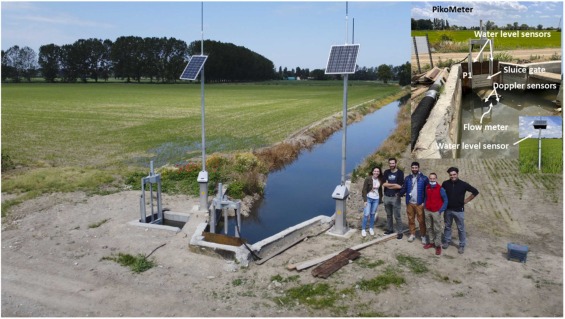
How to Choose the Right Irrigation Gate
Selecting the best irrigation gate depends on your specific farming needs. Consider these factors:
- Field Size and Layout: Larger fields may require multiple gates for optimal water distribution.
- Type of Crop: Water-intensive crops like rice may need more frequent gate adjustments.
- Water Source: The pressure and volume of water from your source determine gate specifications.
- Material and Durability: Choose gates made from corrosion-resistant materials like aluminum or plastic for longevity.
Installing Flood Irrigation Gates: Step-by-Step Guide
Follow these steps to set up irrigation gates efficiently:
- Assess Your Field and Water Source:
- Measure field dimensions and identify water entry points.
- Determine the volume and flow rate of your water source.
- Select Appropriate Gates:
- Match gate types with your field’s requirements.
- Prepare the Canal or Ditch:
- Clean debris and level the ditch or canal bed.
- Install Gates:
- Position gates securely at key points in the canal or ditch.
- Ensure they are easy to open and close for quick adjustments.
- Test Water Flow:
- Run water through the gates and check for even distribution.
- Adjust gate settings as needed.
User Feedback: Insights from Farmers
Positive Experiences
- “I installed head gates in my canals, and the water control has been a game-changer for my rice paddies.” – Ahmed, Egypt
- “Turnout gates helped me divide water efficiently across multiple fields without wasting a drop.” – Maria, Mexico
Common Challenges
- “During heavy rains, gates can overflow, so regular monitoring is crucial.” – Jack, Australia
- “Installing gates on uneven terrain required extra effort, but the results were worth it.” – Priya, India
Maintenance Tips for Irrigation Gates
- Regular Cleaning: Remove debris and sediment buildup to ensure smooth operation.
- Inspect for Damage: Check for cracks or corrosion, especially in metal gates.
- Lubricate Moving Parts: Keep hinges and screws well-oiled to prevent rusting.
- Monitor Water Pressure: Avoid overloading gates with excessive water pressure.
Comparison Table: Flood Irrigation Gates vs. Other Control Methods
| Feature | Flood Irrigation Gates | Automatic Valves | Manual Watering |
|---|---|---|---|
| Cost | Low | High | Low |
| Water Efficiency | High | Very High | Low |
| Labor Requirement | Moderate | Low | High |
| Durability | High | Moderate | N/A |
| Suitability for Large Fields | Excellent | Moderate | Poor |
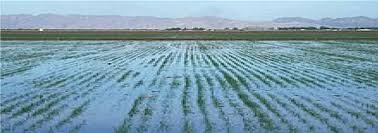
Conclusion
Flood irrigation gates are indispensable tools for farmers looking to manage water effectively and sustainably. Their ability to control water flow, enhance irrigation efficiency, and reduce waste makes them a key component in agricultural water management.
By choosing the right type of gate, installing it correctly, and maintaining it regularly, you can optimize your irrigation system to suit your farming needs. Whether you’re growing rice, managing pastures, or cultivating other crops, flood irrigation gates ensure that every drop of water counts.



